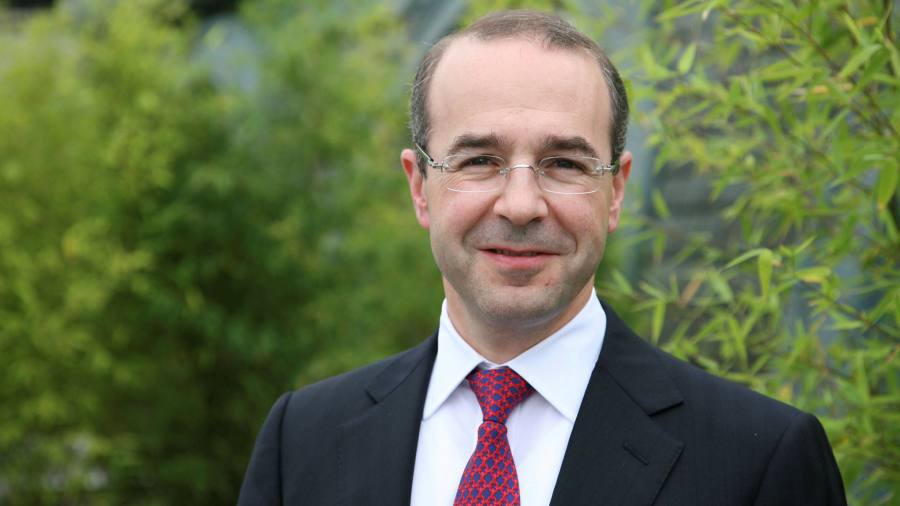[ad_1]
Few leaders will look back to the chaotic, high-pressure start of the pandemic with nostalgia, but Kevin Sneader may be one of them.
This time last year, the cat-loving, global managing partner of McKinsey was showing off his soft leadership skills by joining online forums for the consultancy’s pet-owners, as they supported each other through the first weeks of enforced remote work.
A year on, the man they nicknamed the “managing purr-tner†can be forgiven for wanting to kick a cat or two to relieve his own frustration. Fellow partners deprived the likeable but driven Glaswegian of the second term that has been more or less a given for the incumbent since the 1970s.
Even by the standards of McKinsey, which likes to discuss how to lead any organisation except itself, the reasons for Sneader’s failure to be re-elected are opaque, complex, and contradictory.
They include: his having to carry the can for reputationally damaging work started before his tenure — notably on boosting sales of opioids in the US, which led to litigation and a hefty settlement; pushback from partners against a tighter process for vetting clients; and concern among others that he was not going far enough.
Unusually, the pandemic does not seem to have played any part, although I cannot help wondering whether the Scot might have won more support if he had been able to spend more time face to face with partners.
What the turmoil reveals, though, is just how hard it is to lead partnerships — including ones such as McKinsey that are formally structured as private companies — even in good times. That does not bode well for Bob Sternfels — or Sven Smit, the partners left in the running for Sneader’s job.
Running any organisation requires a combination of authority and power, among other leadership skills, according to Ian Davis, who led McKinsey from 2003 to 2009. Interviewed for a recent podcast by Laura Empson of City University and David Morley, former senior partner at law firm Allen & Overy, he pointed out that “if you used power in a partnership, you would fail miserably because people wouldn’t accept [it]. But if you don’t use any power in a corporate . . . you would fail alsoâ€.
Sneader’s challenge was to impose more of a corporate structure on the expanding firm without throwing his weight around. That challenge will still be there after he relinquishes the top job, and not just because McKinsey is unlikely to shrink.
Complexity is inherent in the firm. Davis believes he was the last head of McKinsey to know each individual partner; there are now 2,500. According to one former partner, the best way to understand the firm is to think of it as 2,000 or more revenue-generating businesses. That hard-to-manage matrix is bound to contain the hubris and greed that taints any human organisation. Even though consultants take home more than $3m-$5m a year, some look enviously at clients whose chief executives are paid at least 10 times as much.
“I don’t believe scale is the enemy of partnership,†Sneader said shortly after his appointment in 2018. But by bringing in new processes to regulate its growth, he seems to have made enemies of some partners who enjoyed their autonomy. Sneader was straightforward about the need for structure when he spoke to me two weeks ago, before the results of the leadership vote. “We’re at a scale and a size where the interests of the partnership do have to take precedence [over individual partners’ interests]. And that is a shift.â€
How to square the circle between growth and quality is a dilemma that will dog the next leader of McKinsey. Smit looks the old-school choice and may try to take the firm back to basics. Sternfels is an innovator who helped develop some of the new products that fuelled growth under Sneader’s predecessor, Dominic Barton. Either will take the helm of a firm full of insecure overachievers at a time when consensus on the way forward seems less clear than perhaps at any time this century. “Our clients are so much thicker-skinned and tougher than we are,†another former partner said this week. “Is the throwing out of Kevin something [partners] are going to regret later? Because neither one of these guys solves the problems.â€
During a 2013 conversation with the late Clay Christensen, Harvard Business School’s archpriest of disruptive innovation, Barton reflected on how McKinsey was not immune to change ripping through the corporate world. Given the shortening lifespan of US companies, partners needed to bear in mind that “we have no god-given right to be hereâ€.
According to Christensen, the principal threat would come from fast-growing disruptive rivals. Eight years later, it is worth wondering if internal division may pose a bigger problem for McKinsey’s next leader.
Twitter: @andrewtghill
[ad_2]
Source link







